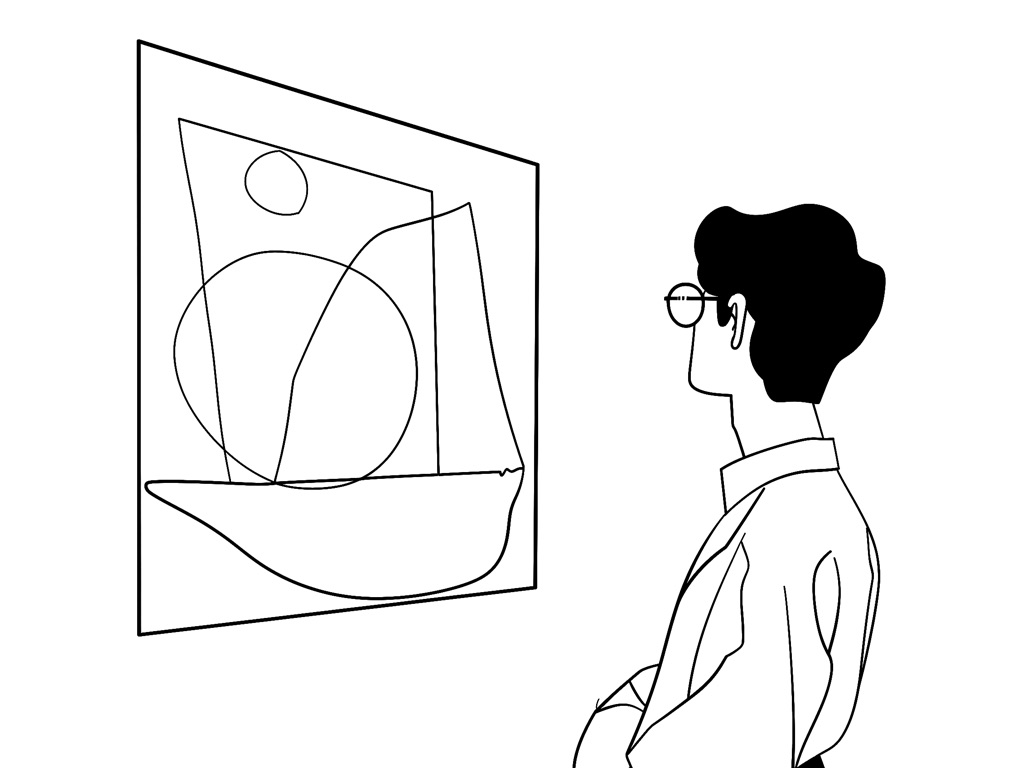I have been using Midjourney for a year now and I’m not worried about ethics. Sometimes I do wonder how I would feel if I’d spent years practicing traditional art techniques only to see a computer do something similar in seconds. It’s taken me a while to get my head around the ethical implications of generative AI art, as the landscape is changing rapidly.
Is it already too late to stop using generative AI? Are there any ethical barriers to using it in your creative practice?
Is the AI cat out of the bag already? What can we do about it?
Here’s my take on it.
Stolen Art?
Generative AI image tools are trained on huge amounts of existing images. Artists are claiming that Stable Diffusion and Midjourney scraped artists’ work from the web without their consent. It’s now a copyright lawsuit.
The unanswered question here is “did they get permission to use an artist’s work to train the model?”. Many artists feel their work is being exploited without consent or compensation to train AI models.
So if we are using those generative AI image tools are we complicit? One way I have seen prompt engineers take a stand is by creating prompts without artist names in them as an act of solidarity.
Art by Kelly McKernan --v 6.0 --style raw
On the left Midjourney, on the right taken from Kelly McKernan’s website.
Access for All
Generative AI image tools are changing the way we make images. It’s accessible to those without any formal art or graphic design training. For $30 a month, anyone can create truly stunning images in Midjourney. And if you can navigate the technical side, Stable Diffusion is free.
This democratisation of creativity is great and allows more people to bring their vision to life and potentially create new art forms.
Will this ultimately benefit the art and design community?
AI chatbots and AI tools are appearing everywhere. It’s essentially replacing out-dated software interfaces.
I think we cannot ignore it. It is here.
My main question here around access is that the current generation of school children aren’t interacting with it (in the UK at least). I feel they are being left behind while we all shift to a new way of working. When I recently mentored a group of A-Level students, AI wasn’t even mentioned.
It’s not on their radar.
Intellectual Property
If you have a commercial Midjourney license, you have the rights to use the images. There is also a Stealth mode which will hide the prompt from public view should you feel client sensitivity around “making in public”.
Originality
Critics argue that AI-generated art lacks originality and the human touch. But when artists of all skill levels have been inspired by others for centuries, is AI any different? After all, humans aren’t original either; we learn by mimicking until we find our own unique voice. This begs the question: If we can create beautiful works of art within seconds, does it diminish the value of art or the role of the artist?
Bias
We all know AI models can perpetuate biases present in their training data, creating problematic images (like the recent black German WWII soldiers). But using tools like Midjourney, Gemini and ChatGPT, you have full control over your creations. You can sit there and bait the bot to do something bad, or you can use it properly. It’s really up to you to paint a fair picture.
Dr. Brian Charles, a lecturer at MIT Sloan School of Business advises that leadership should “continuously monitor the performance of your generative AI systems to ensure they align with your objectives and deliver the desired outcomes.” If you are clear on your what you are trying to do, you should be able to see where you are doing well and where you might need improvement.
It’s an ongoing process, but that shouldn’t stop you from moving forward. He goes on to say that as with any system, you need to “implement robust monitoring mechanisms to detect and address any biases, errors, or ethical concerns that may arise.” As standards develop and regulation changes, this is going to be an ongoing project.
Artist Displacement
Because journalists have been writing it for years, there’s a valid fear that AI “will take my job”. My own take on this, having created brand strategies for two AI companies is that a lot of the tiring, repetitive work goes away. So if that’s what you have been doing, then yes, generative AI tools will replace those tasks. Our opportunity is to rise a level above this. As generative AI tools provide the ability to create many options, some basic decision will be taken away. There will still be a lot to do at that level, reviewing all of the output and deciding on an overall direction. It just speeds things up and creates massive scale.
There’s obviously a massive up-skilling that needs to happen.
Conclusion
There’s no doubt that generative AI is already impacting the creative industry. I would hate to be a junior copywriter right now. And while there is some concern that artists work were used without their consent, it’s possible to avoid using artists’ names in your prompt, should you so wish. Just replace them with a description of the artistic style you are looking for. It’s clear we can’t put it back in the bottle so what’s stopping you from using it in your creative practice?
The post The AI Cat is Out of the Bag: Navigating the Ethics of Generative AI first appeared on Unreality Labs.
